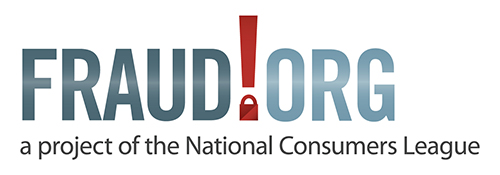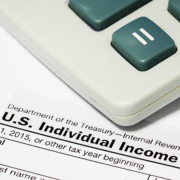Moving this spring? Watch out for rental scams! – Fraud.org
In 2016, more than 35 million people in the U.S. changed residences. Each year, the May-September months are the most popular times of the year to make a move. And it’s no wonder why. For one, the weather is warmer in the spring and summer, so no dealing with freezing temperatures or snow on the ground while moving. Additionally, millions of college graduates start to look for their first home and parents wait for summer breaks to minimize disruption for their school-aged children. It’s an exciting time, but if you are not careful, you may fall for the fraudulent rental scam.
The fraudulent rental scam begins innocently enough. A consumer searches for an apartment or house to rent on a listing website such as Craigslist or Zillow. After finding one that she is interested in, the consumer contacts the seller. Many fraudsters are careful to make sure their listings give off every impression of being legitimate. These scammers may negotiate the price, a pet policy, and even who is responsible for maintenance. Some fraudsters will even go so far as to make the prospective renter sign a bogus lease to give you every confidence that you are actually renting the apartment.
Once trust is developed, the scammer will then ask the prospective renter to pay a security deposit or the first month’s rent. While these scam artists may be convincing, they have no actual apartment to lease and simply disappear once they receive the money. In some cases, the victim will even show up with a moving truck to the place they thought they were renting, only to find out that the listing was fictitious, there is no actual apartment, and they are out a hefty sum of money.
A consumer who was moving from Texas to Connecticut recently shared her story with Fraud.org after she lost $1,600 in a fraudulent rental scam. After looking on Craigslist, she explained: “My mother and I…fell for the house this guy was willing to rent to us for $800. He provided us with pictures said he would mail us the keys when we paid him. … After he received the money, we stopped hearing from him and we realized that we were scammed. We never received the keys.”
Unfortunately, scam artists have become quite clever at luring consumers into fake rental scams. Many are patient and willing to answer your questions in order to give off a more legitimate appearance. Others have ripped off actual apartment listings so that the pictures, addresses, and details of the unit all look convincing. If you are in the market for a new apartment, pay attention to these tips to avoid falling victim to the scam:
-
Never pay by wire transfer. Pay your security deposit/first month’s rent with a check, credit or debit card. Payments made with a wire transfer or cash are impossible to trace, leaving you with little recourse should you fall victim to this scam.
-
Do not pay for anything before you see the inside of the apartment. Many scammers will come up with convenient excuses for why you cannot see the apartment. You should insist on viewing the apartment before you pay any money. If the landlord or person offering you to rent does not comply, it is a scam.
-
If you are moving to a new city and cannot visit before the move, ask a friend to look at the apartment. Even if your friend cannot comment on the apartment’s appearance or location, knowing that the rental is legitimate will give you peace of mind and protect you from falling victim to a scam. If you don’t know anyone in the city and cannot travel to your new home before moving in or paying a deposit, do some research on the listing agent or management company to make sure that your contact is an actual employee. You can do this by using a search engine to find the phone number for the company and calling them.
-
Be wary of leasing an apartment from someone who is far away, but offers to mail you the key once they receive payment. This is a red flag of a scam. The fraudster will simply end communication with you once they receive your money.
Spotting a rental scam can be tricky. If you suspect that you have become a victim, report it immediately. You can file a complaint at Fraud.org via our secure online complaint form. We’ll share your complaint with our network of law enforcement and consumer protection agency partners who can and do put fraudsters behind bars.
















